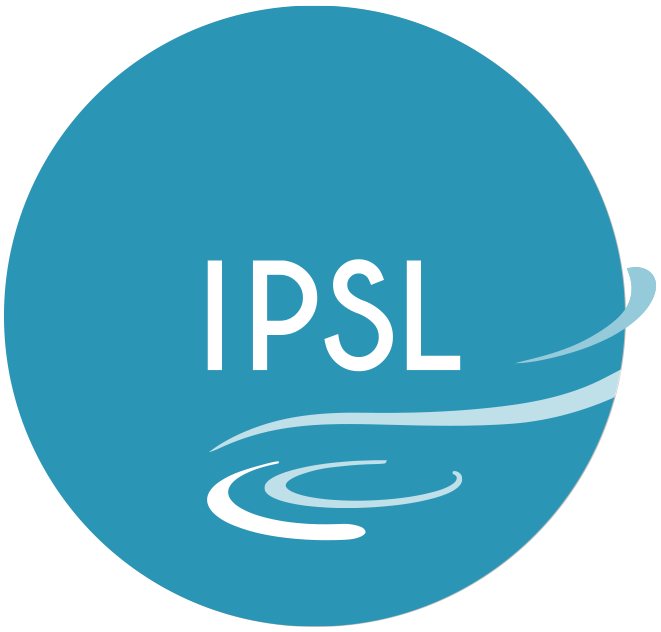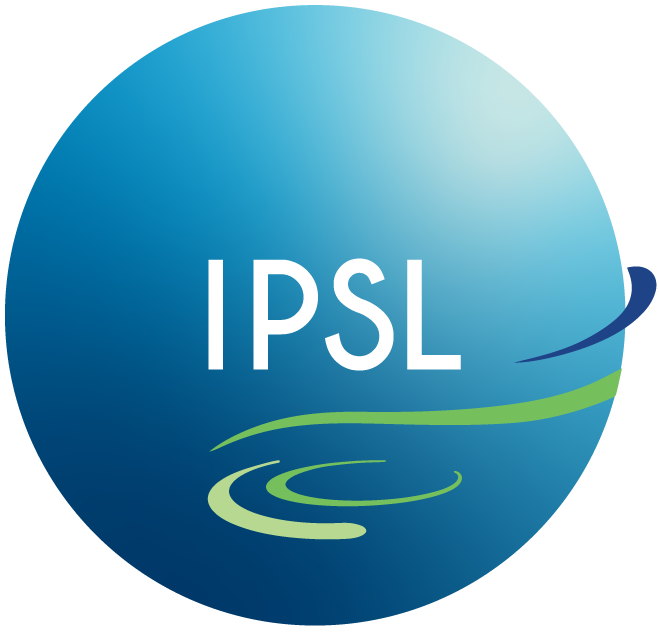Major challenges in Earth observation
- Study and monitor land, oceans, atmosphere and biosphere on a global scale: defining, selecting and financing satellite missions
- Study small-scale processes using detailed in-situ measurements: prepare and deploy field campaigns worldwide
- Understanding climate variability and extremes: designing, operating and maintaining surface observation networks over several decades
- Technological challenges: from innovation to robust/industrial solutions
- Tracing measurement quality: standard observation, calibration and quality control protocols
- Data management, handling and processing: applying FAIR principles
Objectives of the IPSL Center for Earth Observations
o Identify axes of coordination with a significant unifying character
o Carry out this coordination in order to advance our understanding of the “climate system”.
These areas of work include
- Coordination: developing common strategies
- Visibility: through IPSL and laboratory activities
- Science: involvement in IPSL’s strategic themes
- Tools/methods: data, analysis, instrumentation, logistics, etc.
Working groups
I-CEO includes 5 working groups that support coordination activities in the following domains:
- IPSL Space group (coordination: Sarah Safieddine, LATMOS)
- Long-term observation infrastructures / observatories group (coordination : Martial Haeffelin, IPSL)
- Urban environments group (multi-coordination : Valérie Gros, LSCE ; Gilles Foret, LISA ; Simone Kotthaus, IPSL)
- Analytical geochemistry platform group (coordination : Arnaud Dapoigny, LSCE)
- Data analysis method group (coordination : Jean-François Ribaud, IPSL)
and is supplemented by a direct link with ESPRI, called ESPRI-OBS (coordination : Sophie Cloché) for data management


